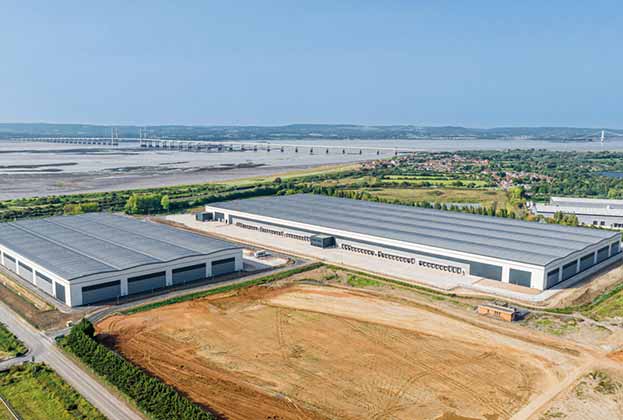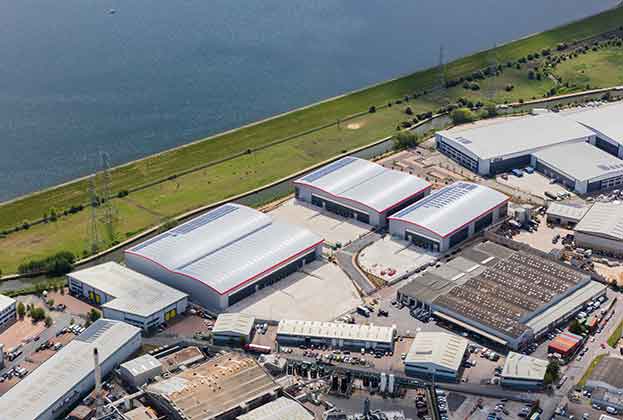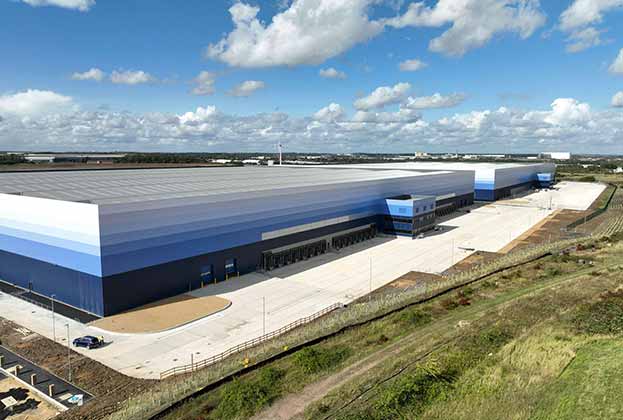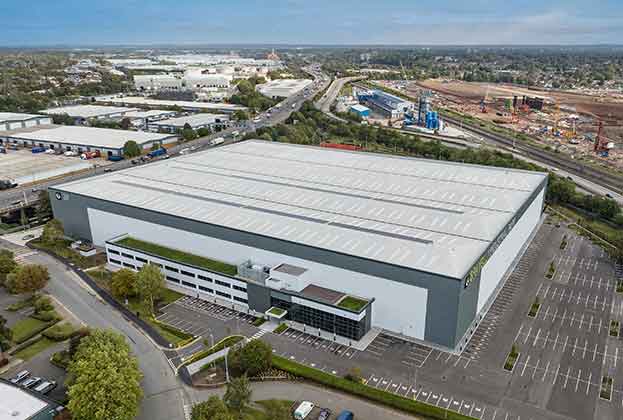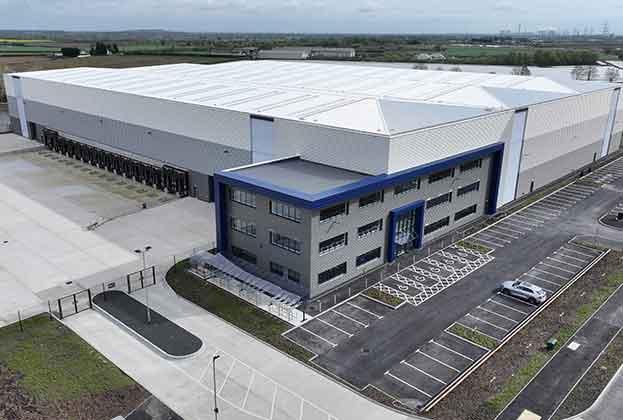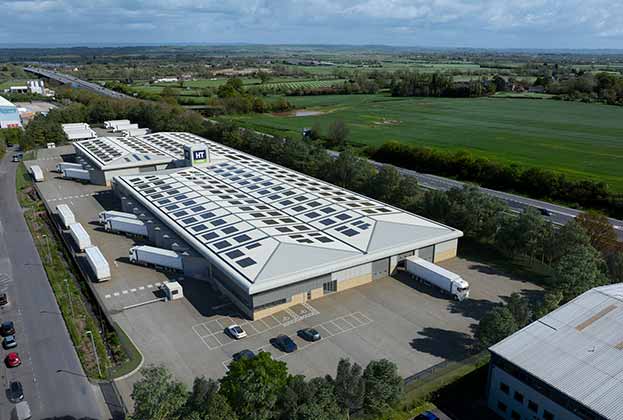2022 saw UK industrial and logistics take-up reach 48 million sq ft, and while not exceeding 50 million sq ft for the first time since 2020, it was still the third best year for occupier demand ever recorded. However, the onset of a period of significantly higher inflation and the knock-on consequences of the war in Ukraine have seen the ripple effect impact both logistics occupier and capital markets.
Requirement levels for new warehouse space have been steadily decreasing as businesses pause for thought given the uncertain consumer environment. Nevertheless, issues around inventory security, supply chain resilience and access to energy have not gone away, meaning that we still expect demand to come from a variety of sectors in 2023. One example is manufacturing related occupiers, who took the most amount of warehouse space ever last year at just over 11 million sq ft.
In terms of investment a less than successful mini budget unleashed even more uncertainty, which exasperated the outward pressure on yields that had already begun as interest rates around the world started to rise.
While capital markets will ultimately find their pricing level, the knock on effect on the occupational market will mainly be felt in the development pipeline. We expect to see significantly less speculative development in 2023 as the cost of money makes speculative funding deals less attractive.
Given current requirement levels it is likely that we will see take-up fall back to pre-pandemic levels of around 30 million sq ft moving forward. However, even at that level, and with build to suit (BTS) transactions arguably harder to fund, we expect to see large BTS requirements funnelled into existing units instead.
This correlates with Savills future modelling of vacancy rates which suggests that in a worst case scenario vacancy levels could rise to around 7.5 per cent before falling back. This is significant as if we agree with the economic consensus that an upturn is likely in 2024, we will enter that period with a rise in occupier demand when vacancy rates are significantly lower than when we entered a similar phase after the global financial crisis (GFC), when vacancy rates were closer to 12 per cent. This, combined with occupiers continued desire to occupy grade A ESG compliant facilities, suggests that there is significant potential for amplified rental growth into 2024 and 2025.
Yet, we must also be wise to potential downside risk, especially around the impact of the upcoming business rates revaluation. This will see an average rise in cost of 32 per cent for occupiers across the country, but up to 50 per cent in London and the South East.
As our previous research on warehouse affordability identified, a well-located warehouse can actually save you money by reducing transport costs, which will help to protect occupier margins, but with continued stress in the consumer economy those margins may soon be under pressure.
Overall, the strong fundamentals of the sector remain in place in the medium to long-term, but we expect volatility across the board in 2023.

.jpg)

.jpg)
